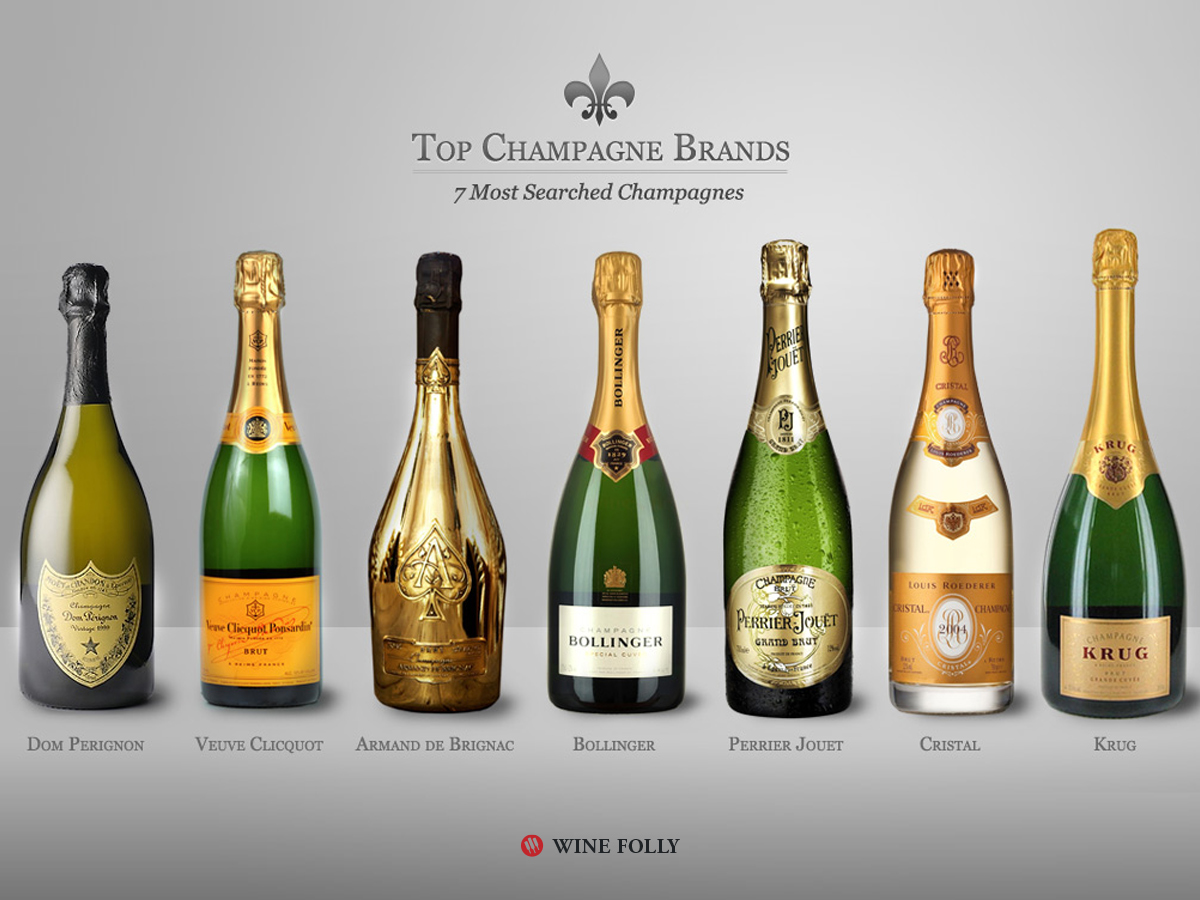
When one envisions a quintessential brunch, images of freshly squeezed juice mingling with effervescent bubbles likely spring to mind. Mimosas—a delightful concoction of Champagne and orange juice—have secured their place as a staple in brunch culture. However, not all sparkling wines are created equally; the selection of Champagne plays a significant role in crafting an exquisite Mimosa. This exploration unravels the delicate intricacies of pairing Champagne with juices, providing a scholarly perspective on elevating this popular drink into a true gastronomic experience.
First, it is imperative to comprehend the foundational characteristics of Champagne that contribute to its suitability for Mimosas. Champagne, originating from the Champagne region of France, is typically created using three principal grape varieties: Chardonnay, Pinot Noir, and Pinot Meunier. Each varietal imbues the wine with distinctive attributes, contributing to the complexity of flavor that can either complement or overshadow the accompanying juice.
One may categorize Champagne into several styles based on dosage, sweetness, and aging methods. The two primary classifications of interest for Mimosas are “Brut” and “Extra Brut.” Brut Champagne, with its balance of acidity and fruitiness, harmonizes well with the sweetness of orange juice, making it the quintessential choice. Conversely, Extra Brut, being even drier, provides a sophisticated contrast that some may find appealing.
When selecting a Champagne for your Mimosa, consider the flavor profile of the juice. While orange juice is the traditional choice, variations such as blood orange, grapefruit, or even tropical fruit juices can introduce exciting dimensions to your drink. The juxtaposition of the sweet acidity of the juice with the effervescent brilliance of the Champagne creates a tangy yet refined experience.
One exemplary pairing is the use of a vintage Champagne. Vintage varietals, which are produced from grapes harvested in an exceptional year, often exhibit a depth of flavor and complexity due to additional aging. The pronounced fruit notes of a vintage Champagne can enhance the overall flavor of the Mimosa, lending an air of sophistication and specificity to each sip. Thus, engaging a vintage Champagne amplifies the sensory experience of this beloved brunch beverage.
Aside from varietals, the regional differences in Champagne production merit attention. Growers from the Montagne de Reims, for instance, produce Champagnes that are often fuller-bodied and exhibit a robust character due to the predominance of Pinot Noir. The bolder structure can handle more acidic juices, creating a balanced marriage of flavors. In contrast, Champagne produced from the Côte des Blancs, primarily dominated by Chardonnay, tends to be lighter and airier, ideal for those preferring a more delicate Mimosa.
In addition to traditional orange juice, consider the merits of using a freshly pressed juice. The vibrancy of a superior quality juice can significantly influence the overall composition of the Mimosa. Freshly pressed juices offer natural sweetness and acidity that can enhance or soften the features of the Champagne. A blood orange Mimosa, for instance, introduces a visually striking hue alongside an intriguing complexity, thanks to the juice’s fragrant citrus profile.
Moreover, incorporating flavored syrups or liqueurs can further elevate the Mimosa experience. Subtle hints of elderflower liqueur in an orange juice Champagne cocktail can create a nuanced profile, while a splash of passion fruit syrup can impart an exotic flair that enthralls the palate. Such enhancements can reshape the expectations of a Mimosa, transforming it from a simple brunch libation into an artful drink.
The importance of presentation cannot be overstated when it comes to serving Mimosas. Utilizing crystal flutes not only showcases the lovely effervescence of the Champagne but also elevates the drinking experience. Furthermore, garnishes such as a delicate twist of citrus peel or a sprig of fresh mint can add an aromatic quality that enhances the overall presentation. A tastefully arranged Mimosa can leave a lasting impression that mirrors the attention to detail paid to its creation.
In practicing moderation, it is paramount to remain cognizant of each component’s balance. While the rich fruitiness of orange juice may tempt one to opt for a sweeter Champagne, it is critical to maintain a harmonious equilibrium. Thus, a brut style will prevent the Mimosa from becoming overly indulgent, ensuring that each sip remains refreshing.
Lastly, the selection of Champagne should reflect personal preference and the overall atmosphere of the brunch. Whether it’s a casual gathering with friends or a formal celebration, tailoring the Champagne choice to fit the occasion enriches the communal spirit. Taking into consideration the ambiance enhances the significance of the celebratory drink, transforming the simple act of enjoying a Mimosa into a memorable experience.
In summation, the decision of which Champagne to use for Mimosas involves a multifaceted assessment of the wine’s characteristics, the accompanying juice selection, and the overall dining experience. By thoughtfully considering these elements, one can elevate Mimosas from a common cocktail to an avant-garde expression of culinary creativity. Ultimately, the art of pairing Champagne with various juices fosters a deeper appreciation for this beloved brunch tradition, allowing it to shine in all its effervescent glory.
